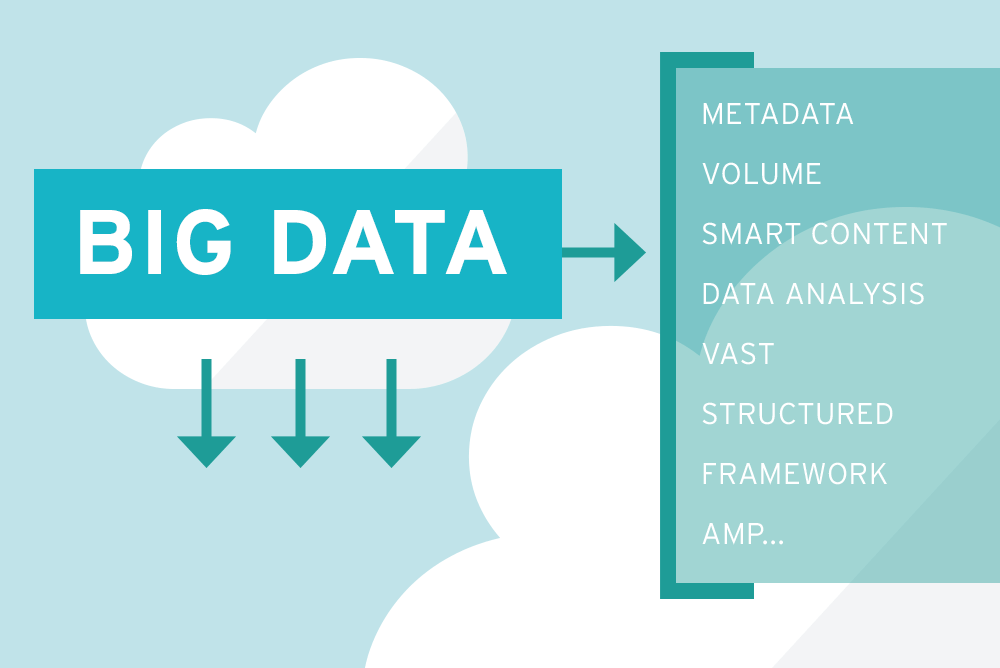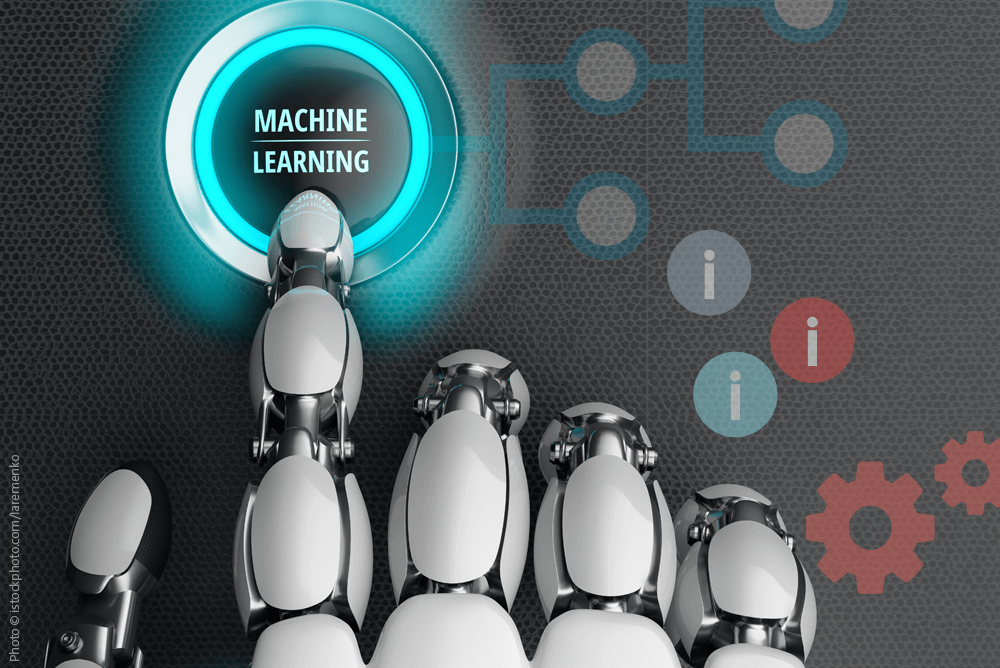Buzzword “big data” — if you have watched the news in the past three months, you likely picked up on the affinity between intelligence agencies and the IT topics ECM and business intelligence (BI). As a new generation of technologies and architectures for processing and utilizing large amounts of data, “big data” is gaining relevance in European organizations remarkably fast. Influenced by the NSA scandal and based on the success of implemented best practices in the US, European organizations are beginning to invest in ECM software, data storage technologies, cloud solutions and data access management.
Algorithms that allow the identification of connections between seemingly unrelated data are becoming smarter — both in the intelligence community as well as in business IT. And the utilized software technologies are indeed similar. At the very least, they are based on similar algorithms. Both make predictions with “an accuracy that is as remarkable as it is disconcerting,” according to Frankfurter Allgemeine Zeitung editor Schirrmacher.
“We’ll know the answers to your questions before you know the question.” This famous phrase by a Google executive has become a credo in the age of big data. As we are entertaining the question what country will be Edward Snowden’s safe haven, let’s not get carried away. The extent to which intelligence agencies are using technologies for modern “dragnet investigations” is vastly different from the BI and ECM software used in business environments.
Mid-sized to large organizations use AI-based — often even adaptive — software, especially in the classification and processing of large volumes of customer correspondences via letter, email or online. The software analyses correlations and observes how select agents interpret contents (what is this about?) and process inquiries (what action is required). Frequently, ECM software brings about substantial automation in processing frequently reoccurring processes. These software solutions help save up to 90% of man-hours. What’s more, they often integrate with enterprise search and knowledge management.
From a technology standpoint, advanced software for text analysis — or “new artificial intelligence (NAI) — is based on pattern recognition and complex simulations. “NAI is not really capable of understanding written content, which would require human conscience,” says Süleyman Arayan, CEO and founder of the ITyX Group. “However, NAI can imitate observed human behaviors quite formidably.”
Thus, in the corporate environment, it’s all about recognizing reoccurring patterns and their correlation with existing business data. And about enormous cost savings with service activities that otherwise are handled manually and tediously by staff — a scenario that seems utterly inadequate in times of accelerated digital communication.
Business software focuses on finding repeating events. Intelligence software, on the other hand, aims to filter out what’s “suspicious.” Yet, the Snowden scandal is giving business IT a boost. Because it demonstrates in shocking ways how long the road ahead to modernized data processing and security structures is still going to be for many organizations.





